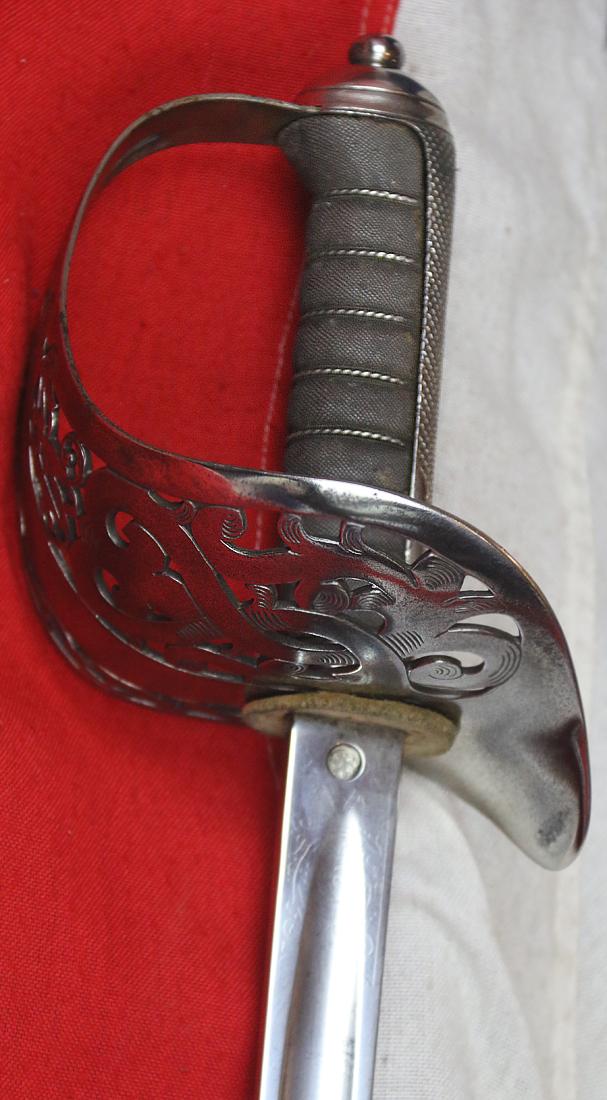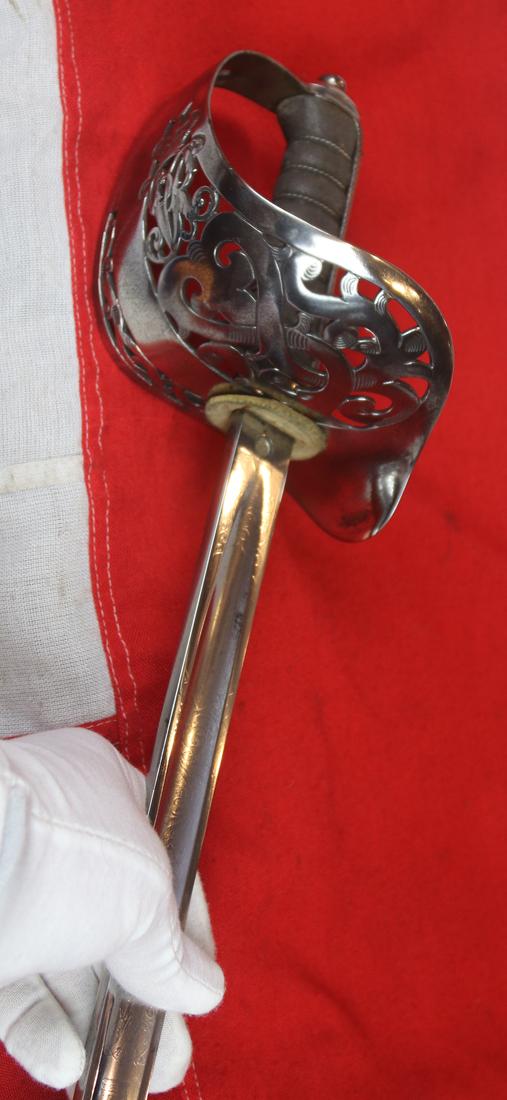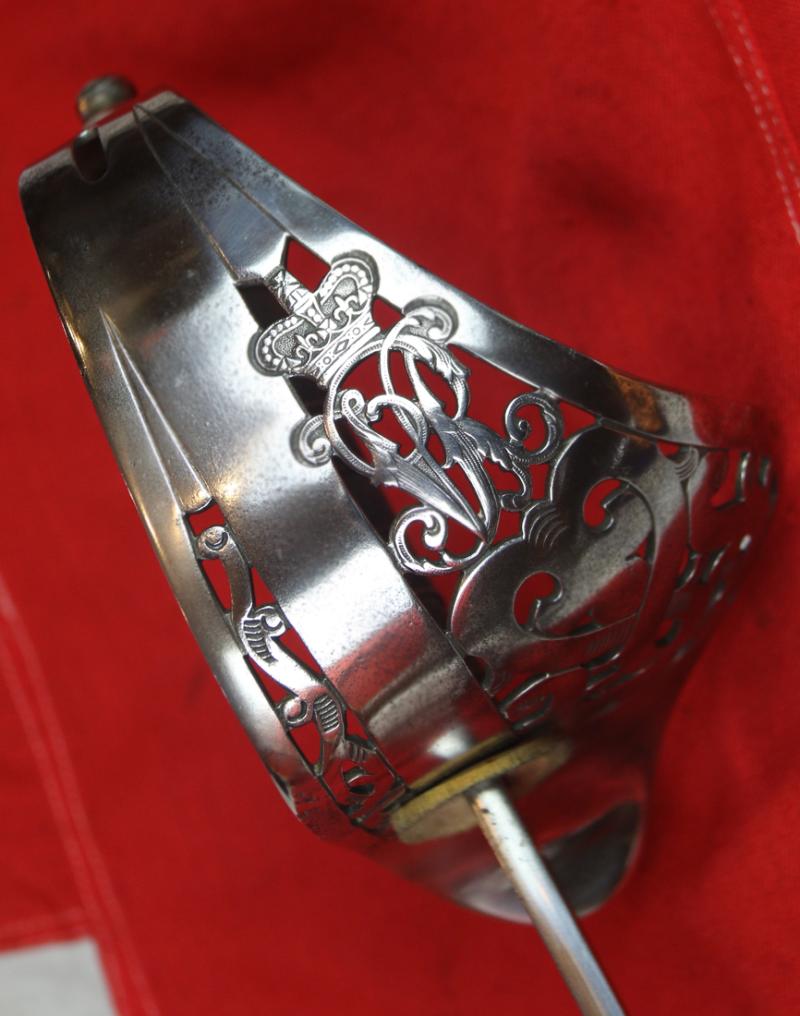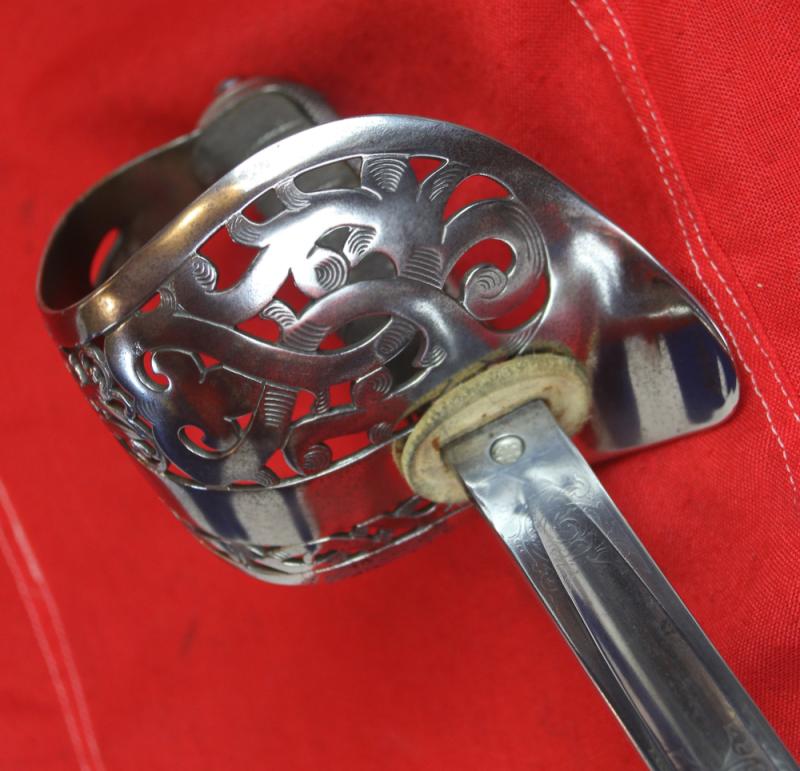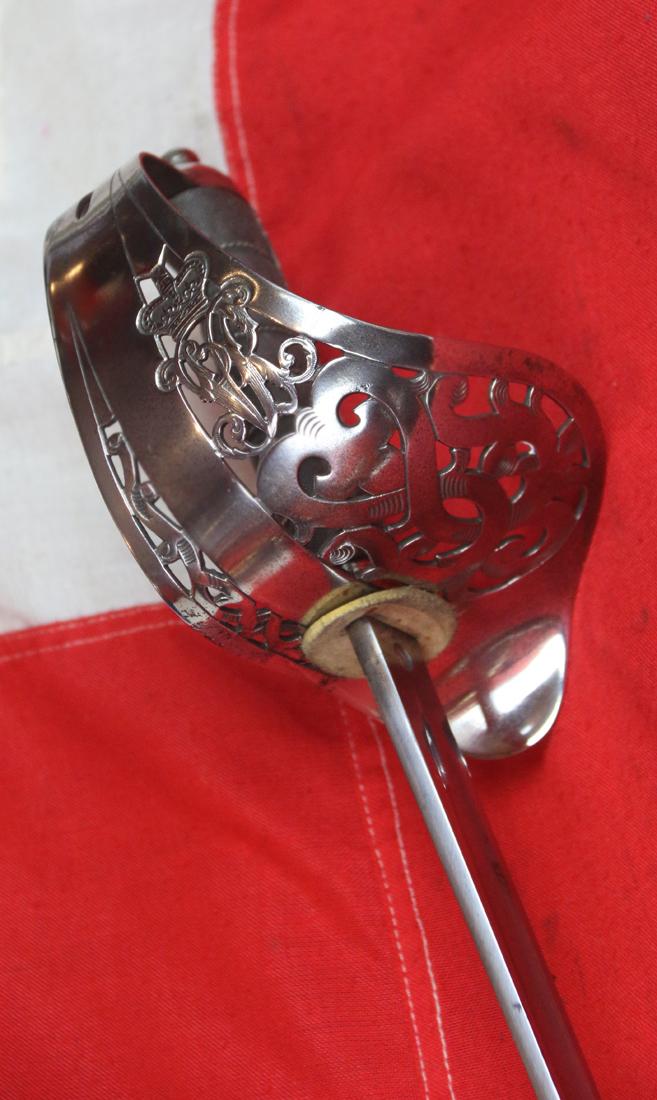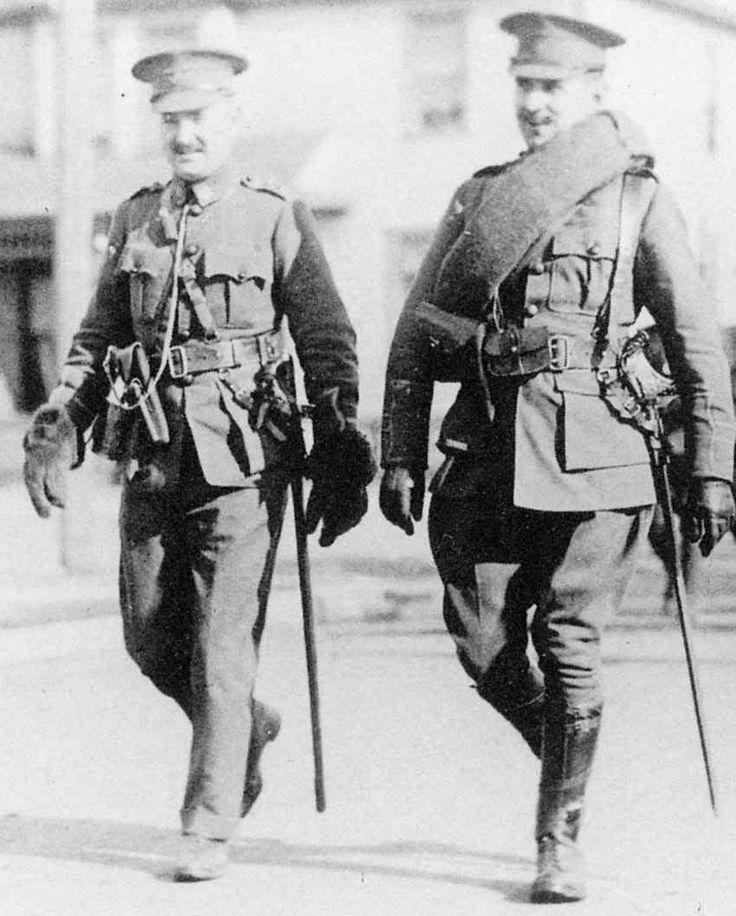A Scarce 1895 Victorian Infantry Officer’s Sword. Only Manufactured For Two Short Years Before It Was Replaced By the 1897 Infantry Officer's Pattern Sword, That Is Still the Current Infantry Officer's Pattern Today
Replaced in 1897 by an altered version, which means the 1895 was the shortest time period of issue for any version of a British armed forces regulation sword, thus its rarity.
The British 1895 Pattern Infantry Officer’s sword was a considerable improvement on previous patterns in that the design afforded much better protection to the wearer’s hand through its new three-quarter basket hilt (figures 1. and 2.). Combined with the introduction of a more robust blade in 1892, it boasted a wicked thrusting point, and was soon proven in combat to be an effective infantry weapon.
Although it was replaced by the undated 1897 pattern infantry officer's sword it was not required by regulation to do so, and all officer's that had purchased them in that two year period could still use them throughout their career, such as the Ashanti War, the Boer War in the early 1900's, and some were still being used by officer's that served in WW1.
Made when a British bespoke officers sword was entirely made in England, and completely up to the exalted standards as was once demanded of them. The 1897 pattern Infantry officer's sword has remained unchanged to the present day.
By the time of its introduction, the sword was of limited use on the battlefield against rapid-firing rifles, machine guns and long-range artillery. However, the new sword was regarded, when needed, as a very effective fighting weapon. Reports from the Sudan, where it was used in close-quarters fighting during the Reconquest of the Sudan 1896-99, were positive.
Field Marshal Montgomery advanced with his 1897 Pattern drawn during a counter offensive in the First World War. The actual sword he carried is exhibited in the Imperial War Museum, London.
The blade is described in the pattern as being 32+1/2 inches (830 mm) long and 1 inch (25 mm) wide at the shoulder.
The blade is straight and symmetrical in shape about both its longitudinal axes. The thick blade has a deep central fuller on each side and is rounded on both its edge and back towards the hilt, giving a “dumbbell” or “girder” cross section. Through a gradual transition, the blade becomes double edged towards the tip, and the last 17 inches (430 mm) were sharpened when on active service. The blade ends in a sharp spear point.
The guard is a three-quarter basket of pressed steel. It is decorated with a pierced scroll-work pattern and had the royal cypher of the reigning monarch, Queen Victoria, set over the lower knuckle bow.
The grip, between 5 and 5 ¾ inches (127-146mm) long to suit the hand of the owner, covered in ray or sharkskin and wrapped with German-silver wire. The grip is straight, with no offset to the blade.
The sword shows a number of features that indicate its intent as a thrusting weapon. The spear point and double edge towards the point aids penetration and withdrawal by incising the wound edges. The blade, whilst quite narrow, is thick and its dumbbell section gives it good weak-axis buckling strength whilst maintaining robustness in bending for the parry. The blade tapers in both width and thickness and, with the substantial guard, has a hilt-biased balance, aiding agility at the expense of concussive force in a cut.
Priced to include the cost of a WW1 FS scabbard, not shown in photos
Code: 24648
520.00 GBP


